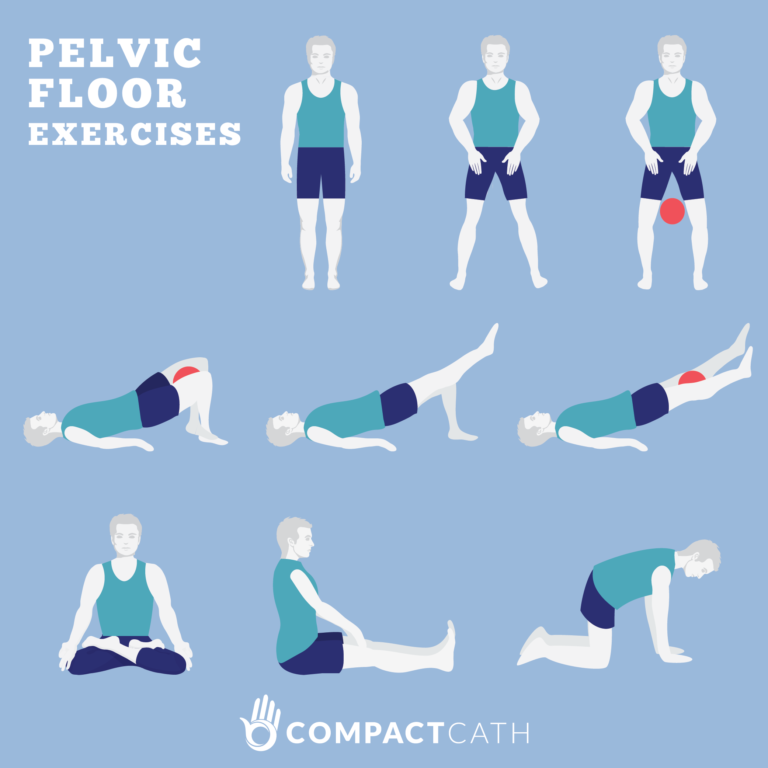
September 7, 2024
Stress Urinary Incontinence: What, When, Why, And After That What? Pmc
Therapeutic Management Of Incontinence And Pelvic Pain: Pelvic Organ Disorders Springerlink Overflow urinary incontinence can be dismissed using in-office post-void bladder ultrasound. Stress urinary incontinence can be evoked by standing cough examination (SCT) which is quickly executed in the office setup. One instance series reported that storage space signs decreased considerably postoperatively from 60% to 16% adhering to surgical procedure for urethral diverticulum [759] Various other collection with lasting follow-up, however, have demonstrated rates of postoperative seriousness of 54% [779], and afresh UUI in 36% of people [771] Such postoperative signs and symptoms show perseverance of urethral diverticulum, reoccurrence of urethral diverticulum, or afresh OAB syndrome or urethral blockage.- While there are several medical and surgical means to lower the influence of androgenic steroids on the growth of the prostate (e.g., medical or medical castration), the only hormone treatments with an acceptable benefit-to-RR are the 5-ARIs.
- In ladies, tension urinary incontinence accounts for 50%, about 35% have actually mixed signs and symptoms and the rest have impulse urinary incontinence.
- The authors ended that workplace assessment alone was non-inferior to UDS in the pre-operative analysis of SUI18.
- Clinical diagnosis of incontinence and cystometric searchings for frequently do not correlate [66,67]
Future Of Impotence & Impotence Therapies
Most of the included researches identified the essential and appropriate prices and consequences of the alternatives being compared, except for seven research studies [14, 16, 32, 33, 35, 36, 40] Expenses and consequences were covered from all relevant perspectives (neighborhood or social perspective, and those of individuals and third-party payers) in only 3 research studies [14, 24, 37] All of the included Anticholinergic medications researches determined costs and consequences properly in appropriate physical devices, except for 6 researches [18, 27, 33, 35, 36, 40] All of the included research studies valued costs credibly and clearly recognized the sources of all values, with the exception of three research studies where the resources of device prices were not clearly identified [29, 34, 36] Women who undergo surgical treatment to construct a sling go to substantial danger of urinary retention. Long-term urinary system retention may occur after 2-30% of pubovaginal sling surgeries.What are the techniques for urinary incontinence?
. Incontinence can happen for numerous factors, including urinary system infections, genital infection or inflammation, or irregularity. Some medications can cause bladder control problems that last
Monitoring Of Sui
The same study found no difference in the prevalence of UI in these patients later in their lives [116] Over active bladder disorder is defined by the ICS as "urinary necessity, usually gone along with by frequency and nocturia, with or without UUI, in the absence of UTI or various other obvious pathology" [113] Over active bladder is a persistent problem that can have debilitating effects on QoL. The trademark urodynamic feature is DO yet the medical diagnosis of OAB is exclusively based on signs and symptoms. By definition, Grade A proof is evidence about which the Panel has a high level of assurance, Grade B proof is evidence about which the Panel has a modest level of certainty, and Grade C evidence is evidence concerning which the Panel has a reduced degree of certainty (Table 1). Postoperative detrusor overactivity and irritative symptoms with seriousness, regularity, impulse urinary incontinence, or dysuria happen in 2% to 50% of clients after different procedures for stress urinary incontinence. This may be as a result of preexisting detrusor overactivity, currently uncovered with raised bladder quantities triggered by a return of discharge resistance, or afresh (new start) overactivity potentially pertaining to infection, international body reaction, denervation, or anatomic urethral blockage. De novo detrusor overactivity is typically short-term and responds well to bladder retraining and anticholinergic treatment.Social Links